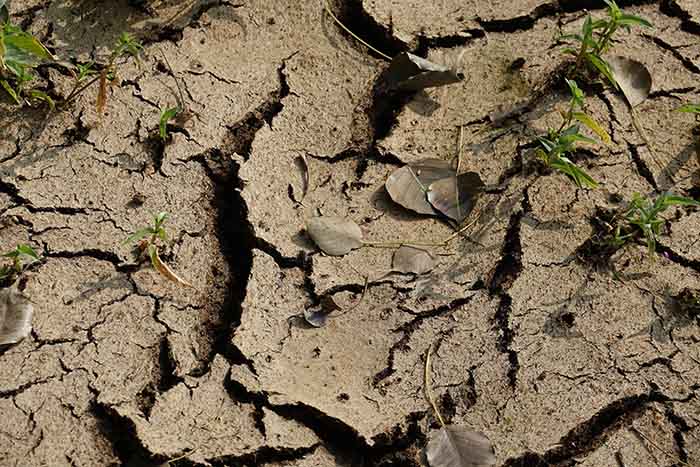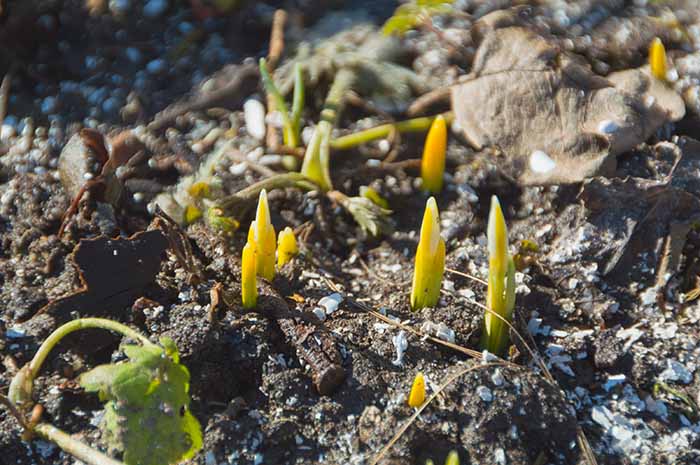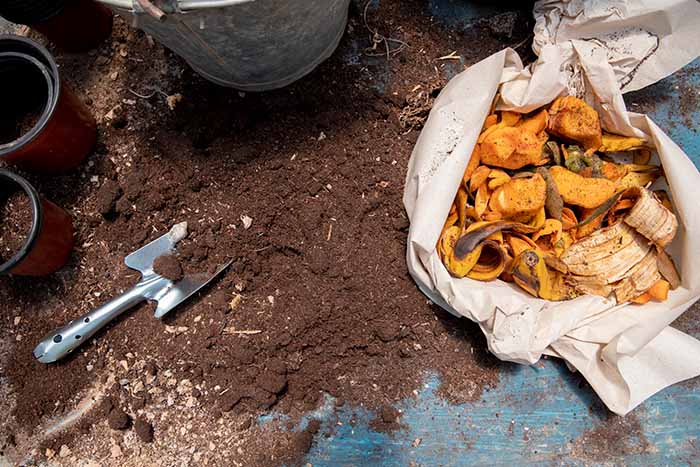Loamy soil and its practical application
What do you need to know about loam?
Loam is a type of soil that consists of sand, silt, and clay and, with the appropriate percentage of moisture, is ideal for agriculture, gardening, vegetable gardens, and flowers. The loamy soil is full of nutrients, soft and easy to cultivate, and suitable for the use of Irgot Tools.
Source:Freepik.com
Author’s URL: www.freepik.com/lachetas
According to the size of the particles, the sand from the loamy soil has the largest particles, and the clay has the smallest. Compared to sandy soil, loamy soil contains more nutrients, has better water permeability than muddy soil, and is more grateful for processing than clay soil. The softness of this soil is determined by the presence of water, and also, different types of loamy soil have different water permeability.
What makes healthy garden soil?
Garden soil is determined by various factors, some of which are:
- Nutrients
- PH value
- Moisture
- Land type
Nutrients
There are three essential chemical elements that are necessary for plant growth:
- Nitrogen (N) affects leaf growth
- Potassium (K), strengthens the plant to fight disease
- Phosphorus (P), contributes to the creation of solid roots and better flowering
In addition to these elements, plant species need iron (Fe), boron (B), zinc (Zn), manganese (Mn), copper (Cu), etc.
Appropriate pH value
The harmonious level of soil pH balance is between 6.5 and 7.5, that is, this level can go up to 8.4 with the adequate presence of iron, zinc, and other chemical elements in the soil. Most plants thrive on slightly acidic soil, where the pH level can be adjusted by adding lime to raise the pH or sulfur to increase acidity.
Moisture content and drainage
Successful plant development requires well-drained soil that is not compacted, allowing water to flow. A way to check the degree of soil drainage is to dig a small hole in the ground, fill it with water, and leave it to drain. When the hole is entirely empty, it should be refilled with water, and the well-drained soil will fall about 2.5 cm per hour.
Type of land
When we talk about soil textures, we can say that there are several types of soil:
- Sandy soil – it drains well, but does not retain moisture and nutrients.
- Clay soil – it keeps nutrients and water well, but it is dense, so it drains poorly. This makes it difficult for roots and microorganisms to bloom.
- Loamy soil – composed of a good balance of a mixture of silt, sand, and clay. Sandy loam, clay loam, silty clay loam, etc., also differ from the proportion of elements. Otherwise, the varied texture helps the loamy soil drain well while retaining moisture, nutrients, and microorganisms.
What is loamy soil?
Loamy soil, as a mixture of sand, silt, and clay, contains three particles of different sizes in equal proportions. The sand prevents soil compaction, so it drains well, allowing oxygen to reach the root system. The silt helps to mix sand and clay and retains moisture. Clay also retains water in the soil.
What are the benefits of loam?
Loamy soil is known as an ideal soil (due to its textural properties) for garden plants and flowers. This soil retains many nutrients, efficiently conducts oxygen to the plant’s roots, and is resistant to drought. When it comes to planting plants on such land, soil preparation is possible with the help of the Stirrup Hoe tool.
Which plants do not like loamy soil?
Some gardeners who grow root crops and tubers or live with a lot of rain may want more sandy soil for easier harvesting and better drainage. Also, some native plants that have evolved and adapted to local soil conditions can do well without loam.
How do I know if I have loamy soil?
In addition to taking the sample to a soil testing laboratory, the easiest way is a compression test. Take a handful of moist earth and form it into a ball. If it is loam, it will compress into a loose ball that crumbles easily.
Source: Freepik.com
Author’s URL: www.freepik.com/dmitrypk
How to create good loamy soil?
Only a balanced mixture of sand, silt, and clay provides quality loamy soil. If there is an unbalanced ratio of these ingredients, the quality of the soil can be improved by adding organic matter such as compost, chopped leaves, cut grass, or composted manure. Earthworms and microorganisms in the soil break down this organic matter, releasing nutrients. During decomposition, humus binds soil particles and improves soil structure.
Fertile gardens need a mixture of topsoil and compost. Organic matter is added to the upper 15 to 20 cm of soil, and then planting is done in the spring. If you add fresh organic material in the spring, you need to wait up to a month before planting for the decomposition process to begin.
Loamy soil and maintenance
Although crops grow on loamy soil that you have treated well, you always need to supplement with nutrients. This is a repetitive process every year that requires the addition of organic material.
Source: Freepik.com
It is necessary to pay attention to the following:
- Soil testing once a year because excessive fertilization introduces too much phosphorus and soluble salts, which can impair the pH value of the soil.
- Excessive tillage will also release nitrogen from the soil into the atmosphere and will disrupt the habitat of beneficial microorganisms, thus destroying soil aggregation, which creates a problem with water and roots.
- Organic matter can be cultivated every fall or spring, and you can mulch the soil in the fall to protect the ground during the winter.
- Cover crops that are planted between the growing seasons will protect the soil from erosion, and good cover crops are oats, primrose, red clover, wheat, etc.
Regardless of the soil texture you have in your gardens or arable land, you can always improve its quality. Certainly, loamy soil is most grateful for plant development, but do not forget that the soil is adequately treated and nurtured for a good yield.



